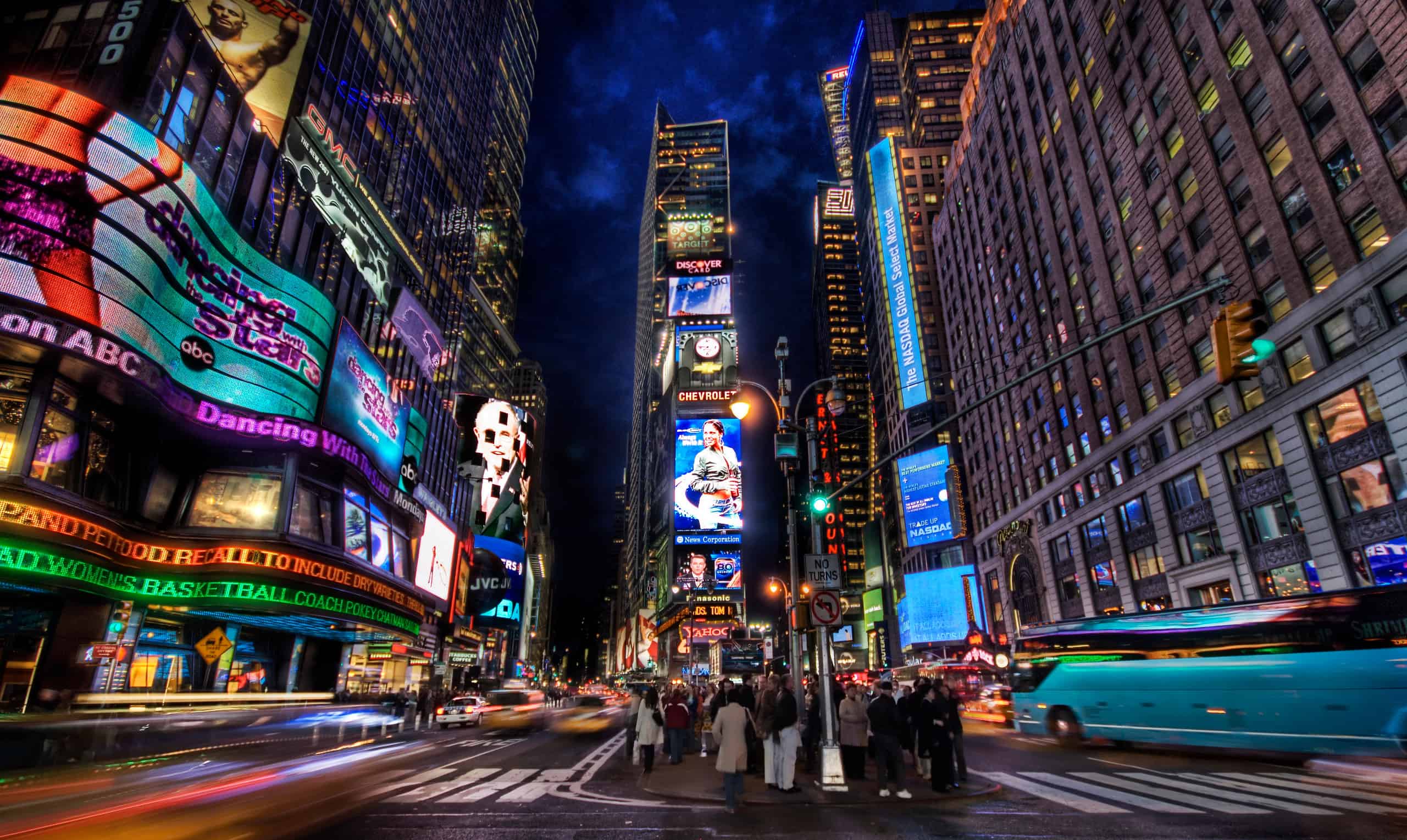In recent decades, India has witnessed major urban planning initiatives aimed at creating sustainable, livable, and efficient cities. These initiatives often combine modern planning principles, technology, infrastructure development, and environmental considerations. The following case studies highlight contemporary planning approaches and their outcomes.
1. Chandigarh – Planned Modernist City
- Background:
- Designed by Le Corbusier in the 1950s as the new capital of Punjab and Haryana.
- Objective: Provide a modern administrative and residential city post-independence.
- Planning Features:
- Sectoral Planning: City divided into sectors, each self-sufficient with schools, markets, and parks.
- Green Spaces: Extensive use of parks, gardens, and tree-lined avenues.
- Zoning: Separation of residential, commercial, and administrative zones.
- Wide Roads and Grid System: Facilitates traffic circulation and orderly expansion.
- Significance:
- Chandigarh remains a model of modernist urban planning, blending functionality, aesthetics, and climate-responsive design.
- Inspired subsequent planned cities in India, including Gandhinagar and Navi Mumbai.
2. Navi Mumbai – Satellite Town Planning
- Background:
- Developed in 1972 by CIDCO to decongest Mumbai and create organized residential and industrial zones.
- Planning Features:
- Sectoral Planning: Residential, commercial, and industrial sectors with planned civic amenities.
- Transport Infrastructure: Wide roads, bridges, and rail connectivity integrated with public transport corridors.
- Environmental Planning: Parks, green belts, and sustainable drainage systems.
- Significance:
- Successfully redirected population growth from Mumbai, providing a model for satellite cities in India.
- Demonstrates integration of urban growth with infrastructure planning.
3. Smart Cities Mission – Pan-India Initiative
- Background:
- Launched by the Government of India in 2015, targeting 100 cities for smart, sustainable development.
- Planning Features:
- ICT Integration: Smart traffic management, e-governance, and public safety systems.
- Infrastructure Upgrades: Water supply, waste management, renewable energy, and road networks.
- Citizen-Centric Planning: Focus on livability, mobility, and economic opportunity.
- Case Examples:
- Pune Smart City: Intelligent traffic signals, GIS-based waste management, and pedestrian-friendly streets.
- Ahmedabad Smart City: Integrated public transport system, solar-powered street lighting, and smart governance platforms.
- Significance:
- Introduces technology-driven, data-centric urban planning.
- Emphasizes sustainable development, citizen participation, and urban resilience.
4. Delhi Metro – Transit-Oriented Development (TOD)
- Background:
- Launched in 1995 to address traffic congestion and pollution in Delhi.
- Planning Features:
- High-Capacity Public Transport: Metro corridors reduce dependency on private vehicles.
- Transit-Oriented Development: Commercial and residential clusters planned near metro stations.
- Integration with Urban Planning: Roads, pedestrian zones, and feeder bus networks complement metro access.
- Significance:
- Transformed Delhi’s urban mobility and land use patterns.
- Serves as a model for TOD across Indian cities, including Bangalore, Hyderabad, and Jaipur.
5. New Town Kolkata – Knowledge and IT Hub
- Background:
- Developed in the 1990s by WBHIDCO as a planned IT and residential hub on Kolkata’s outskirts.
- Planning Features:
- Sectoral Planning: Dedicated IT parks, residential zones, and commercial areas.
- Transport Connectivity: Road networks, metro rail integration, and public transport corridors.
- Sustainable Design: Open spaces, water bodies, and eco-friendly development practices.
- Significance:
- Showcases modern satellite city planning in Eastern India.
- Promotes employment-generation hubs integrated with urban infrastructure.
6. Lavasa – Private Planned City (Maharashtra)
- Background:
- Developed as a private, planned hill city emphasizing tourism, education, and recreation.
- Planning Features:
- Theme-Based Urban Planning: Residential, commercial, and recreational zones designed for aesthetic appeal.
- Green and Water-Sensitive Planning: Preservation of natural landscape and lakes.
- Modern Infrastructure: Roads, utilities, and public amenities in a planned manner.
- Significance:
- Innovative example of private urban planning in India.
- Emphasizes environmental integration and high-quality urban design.
7. Gandhinagar – Administrative Capital Planning
- Background:
- Developed in the 1960s as the capital of Gujarat, designed as a planned city.
- Planning Features:
- Sectoral Planning: Residential, commercial, and administrative areas segregated.
- Wide Roads and Axial Layouts: Facilitates traffic circulation.
- Green Belts: Parks, gardens, and open spaces integrated for sustainability.
- Significance:
- Reflects post-independence administrative planning priorities.
- Serves as an example of government-driven, functional city planning.
8. Jamshedpur – Industrial Township Planning
- Background:
- Developed in the early 20th century by Tata Steel as a model industrial city.
- Planning Features:
- Zoned Layout: Industrial zones, residential areas for employees, and civic amenities separated.
- Green Spaces: Parks, gardens, and tree-lined streets.
- Social Infrastructure: Schools, hospitals, and community centers integrated.
- Significance:
- Early example of planned industrial urban development in India.
- Combines industry, residential living, and social infrastructure efficiently.
Key Takeaways from Contemporary Planning Initiatives
- Sectoral and Master Planning: Ensures organized land use and infrastructure provision.
- Sustainability: Emphasis on green spaces, renewable energy, and eco-friendly design.
- Technology Integration: Smart city projects utilize ICT, GIS, and IoT for urban management.
- Transit-Oriented Development: Metro and public transport corridors influence urban growth and density.
- Public-Private Partnerships: Cities like Lavasa demonstrate private sector involvement in planning.
Conclusion
Contemporary urban planning initiatives in India reflect a blend of historical lessons, modernist principles, and technological innovation. Cities like Chandigarh, Navi Mumbai, New Town Kolkata, Gandhinagar, and Jamshedpur serve as examples of planned development, while Smart Cities and metro-based TOD projects highlight the role of technology, sustainability, and citizen-centric approaches. These initiatives provide a roadmap for the future of Indian urbanism, emphasizing livability, efficiency, and resilience.





















